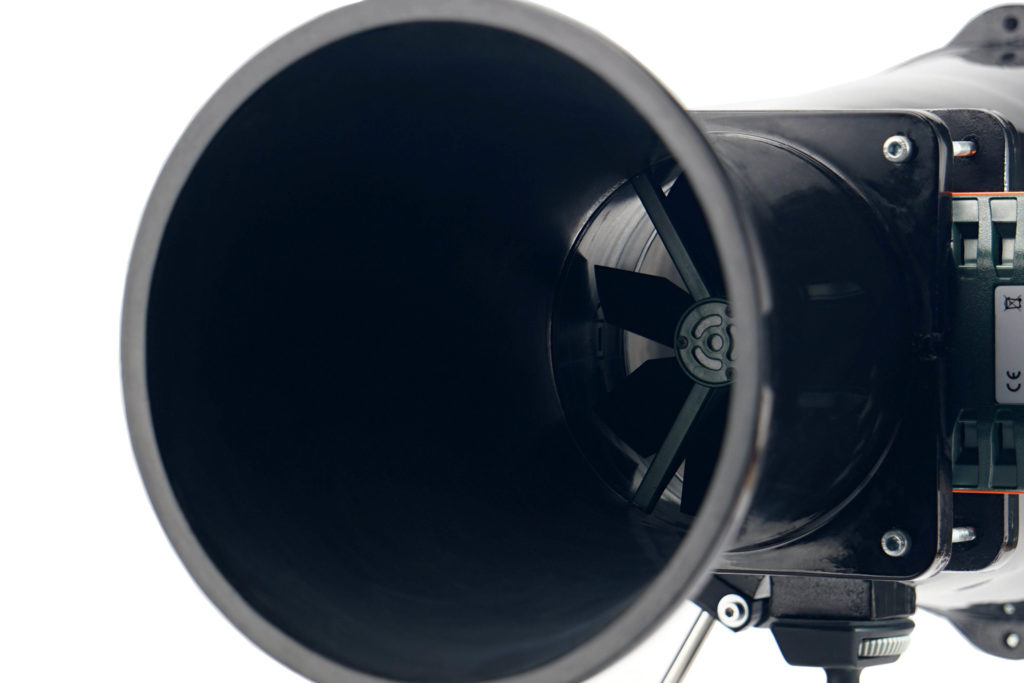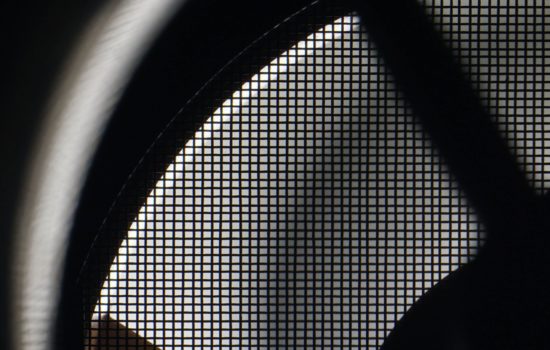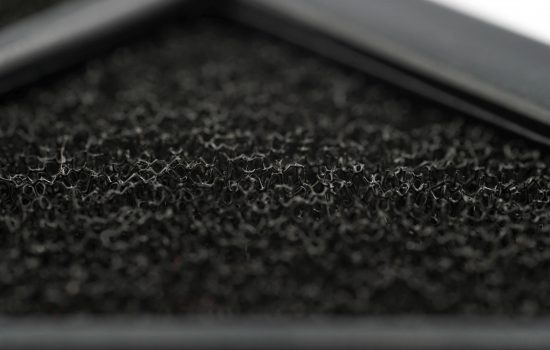Results: impact on airflow, pressure and noise
The vast majority of computers use two types of dust filters – a fine nylon one and a coarser plastic one. The fact that the plastic filter lets more through and is less efficient in this respect is already apparent from the eye, as it has a coarser mesh. But do you know which one degrades the performance of the fan more and by how much? One even “wheezes”, which is nicely indicated by a detailed noise analysis at 240 sound frequencies.
Test results

- Contents
- No two filters are the same
- Results: impact on airflow, pressure and noise
- Results: frequency response of sound
- So which type is the bigger brake?












Hi
This was kind of what I was after. I have some headphones that don’t have dust filters on the cups. I know it can affect the sound, but I am interested to see if using fine nylon would be best for dust and also not affect frequency as much.
Thanks
Now that’s a really interesting question. 🙂 Unfortunately, I can’t say how a nylon mesh similar to the one from dust filters for fans will affect the frequency of sound in headphones. It’s probably not a big deal, but… I can’t write anything that would be of any informational value to you.
Which nylon fan filter do you recommend for the best airflow without compromising on the dust factor too much?
This is a rather difficult question to which, unfortunately, we do not have an answer. The finer the filter mesh, the greater the negative impact on airflow. However, the efficiency in capturing dust is also higher. It’s about finding a compromise between the highest efficiency in terms of dust capture and the available airflow/cooling performance. We don’t have this data. We would need to test multiple nylon filters in combination with various fans.
Based on tests with a single filter, it’s impossible to determine which filter is the most suitable, assuming you use it with a different fan. We can make some estimates and draw conclusions from the results, but… the best approach is to have data on specific filters paired with the specific fan you are interested in.
Related question, is the nylon filter tested here the Silverstone FF123?
The tested filter is not the Silverstone FF123, although I don’t rule out that it may have similar properties in terms of mesh fineness, filter area, or the vertical spacing of the nylon mesh frame.
We would like to test various dust filters in the future, but given the available time capacity… I’d rather not make any promises. 🙂
The other obstacle here is our small market. While in US, Germany or especially China there are many products to choose from with starting prices from 1€/$ per 1 nylon dust filer. In fact, here we have just AKASA, Silverstone and DEMCiflex starting from 4€ per piece. There are some others which provide plastic, foam or aluminum mesh but… small market 🙁